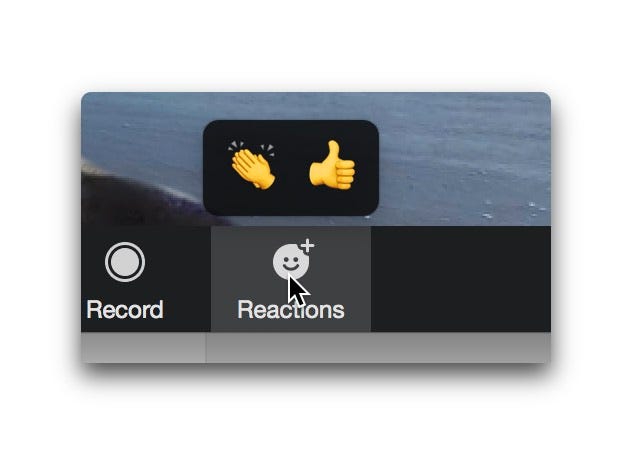
Moi? Faux pas?
Video meetings have become a daily event for most people, but not everyone is aware of the expectations for proper etiquette in these circumstances. These tips will help you avoid making the most common faux pas.
Be Seen But Not Heard
Your parents might have said something like “Children should be seen but not heard.” As it happens, this is the ideal way to enter a Zoom meeting, with your camera on and your microphone off.
Ambient noise might not sound like much in your environment, but it can be very distracting to other meeting participants. Using video as much as possible makes the meeting feel more “real”. If you have to use an avatar instead of your live image, select one that depicts you in a professional way. Ensure the onscreen name label identifies you; this is especially important if you are using a borrowed device because guests and new members may become confused when your name shows “Sweetie’s Mac”.
Your Headset Is Your Friend
Headsets are a great way to ensure you can hear others clearly while minimizing background noise on your end when you speak.
Lights, Camera, Action!
Become camera savvy. Be in control of your own image by ensuring you are in an appropriate, well-lit location with your image central in the frame. If you are using your phone to join the meeting, be mindful of what image is being sent by your phone – we’d much rather see your face than your elbow or ceiling fan.
Interaction Etiquette
Video conference sessions can become dysfunctional if everyone attempts to speak at once. Some things to keep in mind:
- If you are not talking, mute your mic and use the space bar to toggle it on and off when you want to speak.
- Use the Chat function to greet others and have sidebar conversations. Note that Chat allows you to send your comments to specific people rather than the entire group.

- Minimize eating and drinking during the meeting.
- Allow pauses for transmission. For example, if you ask a question, wait a second or two before speaking again.
- Use the Reactions function to signal approval, applause or the need to comment.
The image below shows some common errors in action. In fact, Ms. Sleepy Head is making at least 3 of them. Can you identify her mistakes?

For even more guidance on how to be a great video meeting participant, read on below.
These tips are courtesy of RTW's Paul Collier, with notes 9 and 10 from an article by Rotarian Daryl Patterson.
Watch your favourite TV reporters and interviewers for the right way to face an audience.
- Check your own image on your monitor – This is not vanity, it is a precaution to ensure that others are not forced to gaze up your left nostril, or admire your ceiling fan, or watch you attend to personal grooming, nasal spelunking, or worse during the meeting. If you are using a smart phone, be aware of where it is pointed; not face-up on your desk and not in your hand while waving your arms like a conductor.
- Remember that when you look at others’ images on screen you are looking away from your camera. To look the others in the eye, look at your camera. This is especially noticeable if you use a second monitor that is not close to the camera.
- Don’t backlight yourself. Take a minute to arrange a light or position yourself and camera so you are not just a silhouette.
- Don’t use baby pictures or avatars to represent yourself in serious meetings (e.g. business, Rotary, church, school board). Unless it is just a fun meeting, or you need to be anonymous, you should appear as yourself, not a cartoon.
- Except among good friends or with prior agreement of all, don’t eat, drink, groom or conduct side conversations; or, if you must, be discreet.
- If you need to leave the meeting temporarily, leave a short message in Chat, mute the sound and turn off the video.
- If you are on someone else’s computer or phone, change the display name to your own name. Appearing as someone else is confusing to those who don’t know you well.
- Be wary of virtual backgrounds. It may be fun to appear on a Bahaman beach or by Ripley’s Aquarium, but the technology is imperfect and often renders your image badly.
- Don't troubleshoot during a meeting because it can consume too much time. Presentations should be tested before the meeting to deal with bugs in advance.
- Meetings with a larger number of participants run better when they're moderated. Our breakfast meetings are usually moderated by President Brian Spencer. Please follow the moderator's directions.
